Your heart is beating fast and your fists are tight. What is your body trying to tell you? Are you escalating ⬆️ or de-escalting ⬇️?

You are starting to escalate.
What’s one quick strategy to de-escalate ⬇️?
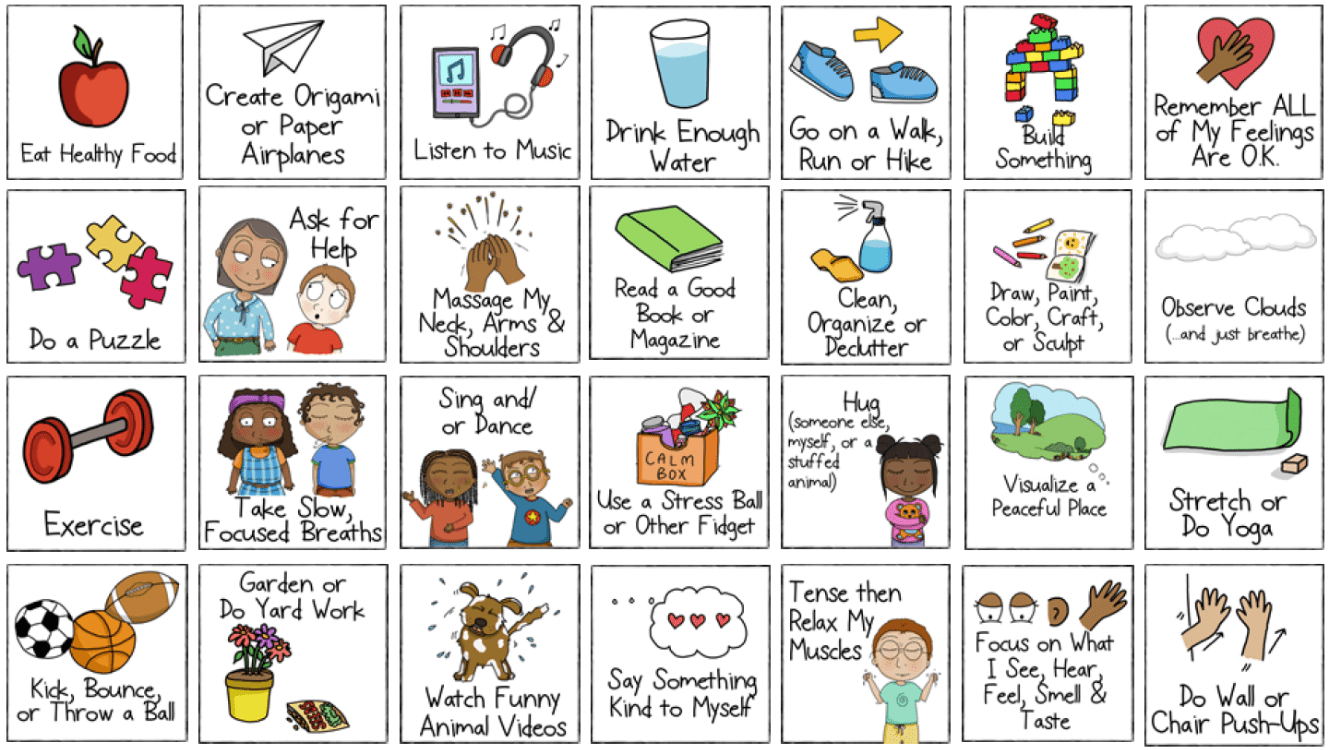
Deep breathing / drink of water / quiet space or similar!
Who can you ask for help at school? Name 2 people.

Teacher, ES staff, wellbeing team, friend.
You lost your pencil and feel annoyed. What do you do?
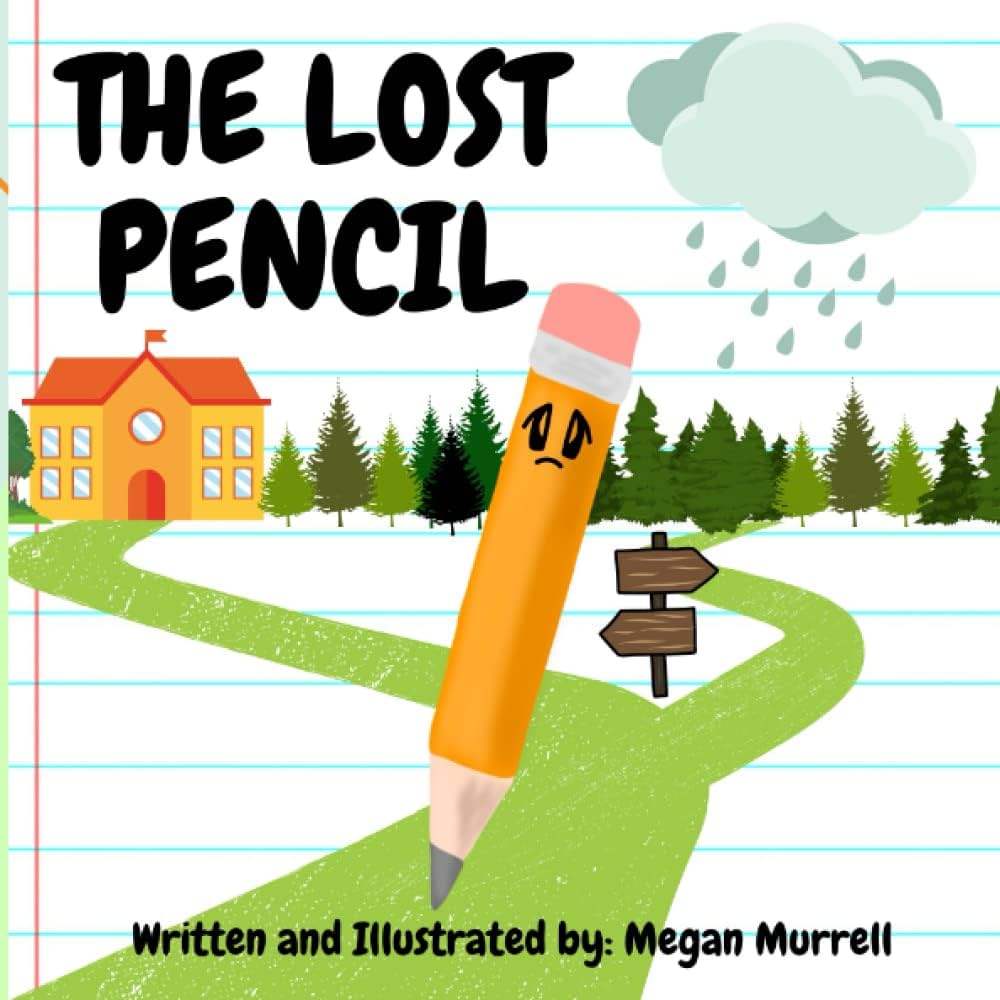
Ask to borrow one, get a spare, take a breath.
Act out what you look like when you’re ready to learn.
Student shows quiet, ready body. Calm posture, eye contact, sitting/standing still.
Name one body cue that shows you’re getting overwhelmed.

Fast heart – your heart feels like it’s beating quickly.
Tight tummy – your stomach feels twisty or sore.
Hot face – your cheeks get warm.
Shaky hands or legs – your body feels wobbly.
Tight muscles – your shoulders, fists, or jaw feel tight.
Breathing fast – it feels hard to take slow breaths.
Butterflies – a fluttery feeling in your belly.
Wanting to hide – you feel like you want to leave or be alone.
Hard to think – your brain feels fuzzy, foggy, or too full.
Loud feelings – you feel anger, worry, or sadness coming on quickly.
If noise is bothering you at recess, what strategy could you choose?

Headphones / move to a quieter spot or similar.
What does “help-seeking” mean?

Asking someone for support when things are hard.
Someone bumped you accidentally. You begin to escalate⬆️. What do you do to calm yourself?
Pause, breathe, use words or ignore—it wasn’t on purpose.
Act out using a calming tool.
Any appropriate mimic.
What is the first step when you notice a big feeling?

Pause and notice it
BONUS = name it.
What is a “tool” you can use when frustrated?
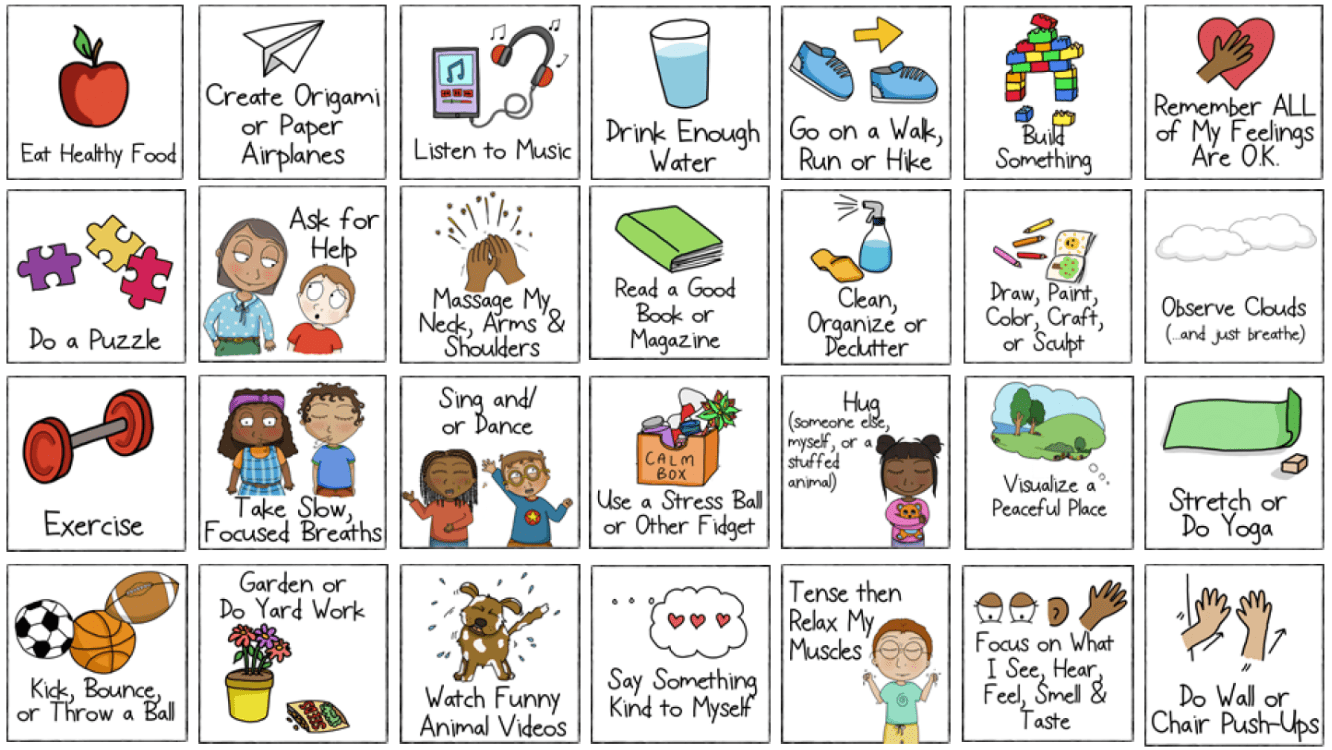
Any coping tool that is available.
What could you do if you need help but feel shy?

Ask the teacher quietly when no one is around.
Use a help card or write it down.
Ask a friend to come with you to talk to the teacher.
You get stuck on a math problem and feel angry. What do you try?

Ask a teacher, look at the example, take a short break.
Show how you would ask a teacher for help.
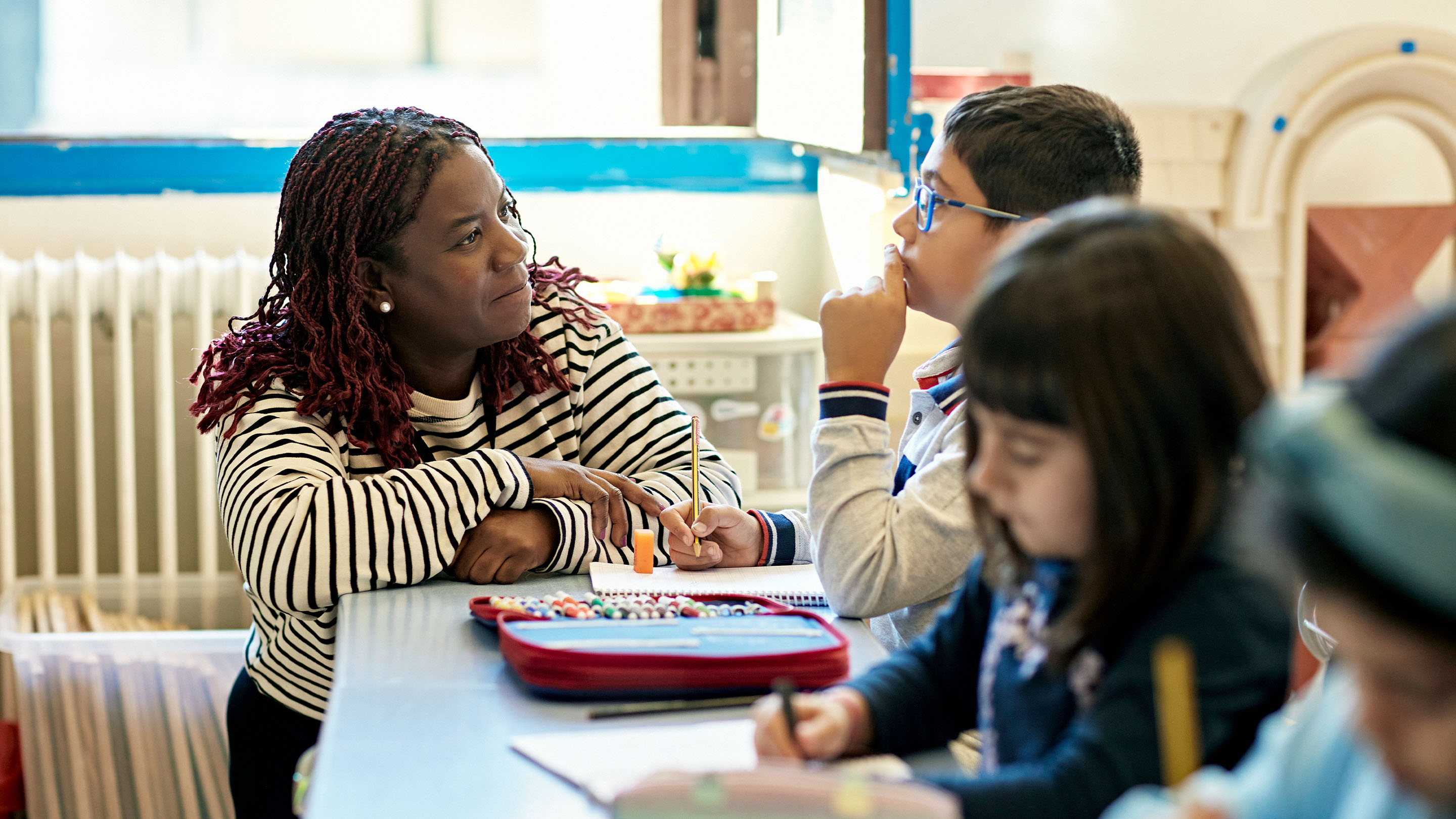
A student walks up quietly to the teacher, waits a moment, and says,
“Excuse me, I need help with something.”
True or false: Everyone has different body cues.

True — everyone has different body cues because every body works in its own way. What feels like a warning sign for one person (like a fast heart or sore tummy) might feel different for someone else. Our bodies all send messages in their own unique way.
You are starting to escalate⬆️. What is a safe way to release energy?

Movement break, wall push, stretching, walk.
When should you ask for help—before, during, or after a problem?
As soon as you notice you need it.
A game at recess feels unfair. What do you do?

Stop, calm, call a time out, ask for a rule check or find a new activity.
You are having a really big feeling. You try one strategy and it doesn’t work.
What should you do next?
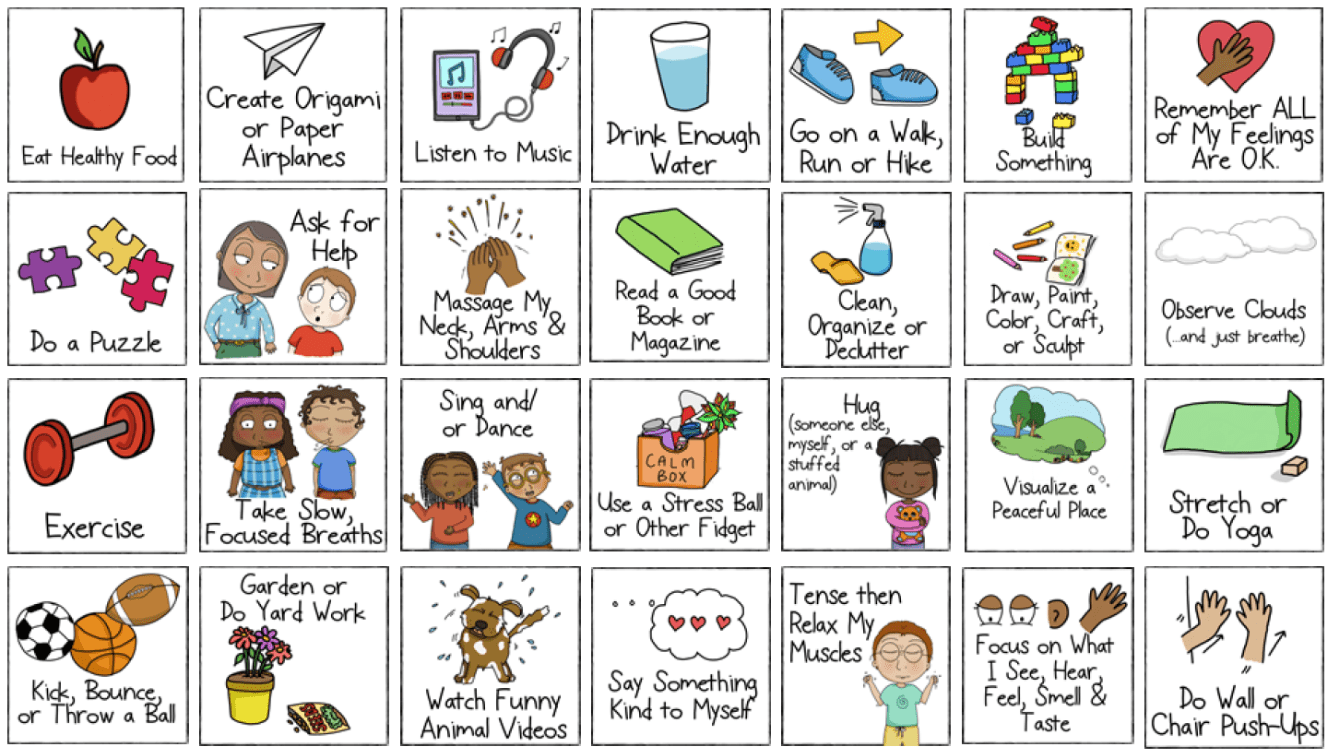
Try another strategy or seek help from a trusted adult.
What does your calm body cue look like?
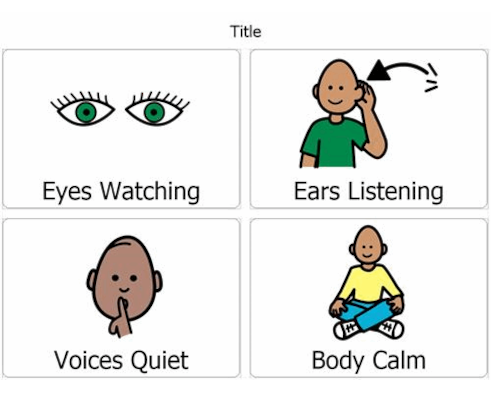
My breathing is slow and steady.
My shoulders feel relaxed.
My tummy feels soft, not tight.
My hands are still, not shaky.
My face feels cool and relaxed.
My brain feels clear and not too busy.
My voice sounds calm and quiet.
My heart is beating normally.
I can think and make good choices.
I feel safe and comfortable.
Explain the difference between calming your body and avoiding a problem.

Calming helps you be ready to solve it, avoiding doesn’t fix it.
What is the difference between getting help and getting someone in trouble?

Getting help means you’re trying to keep everyone safe.
Getting someone in trouble means you’re trying to get them punished.
When you get help, you’re asking an adult to make the problem stop, not to hurt anyone.
Too many instructions at once make you overwhelmed. What can you say?

“Can you say one at a time?” “Can you show me?” "What should I do first?"
In a team of two, act out a short “problem → strategy → ready to learn” scene.
Any correct demonstration.

